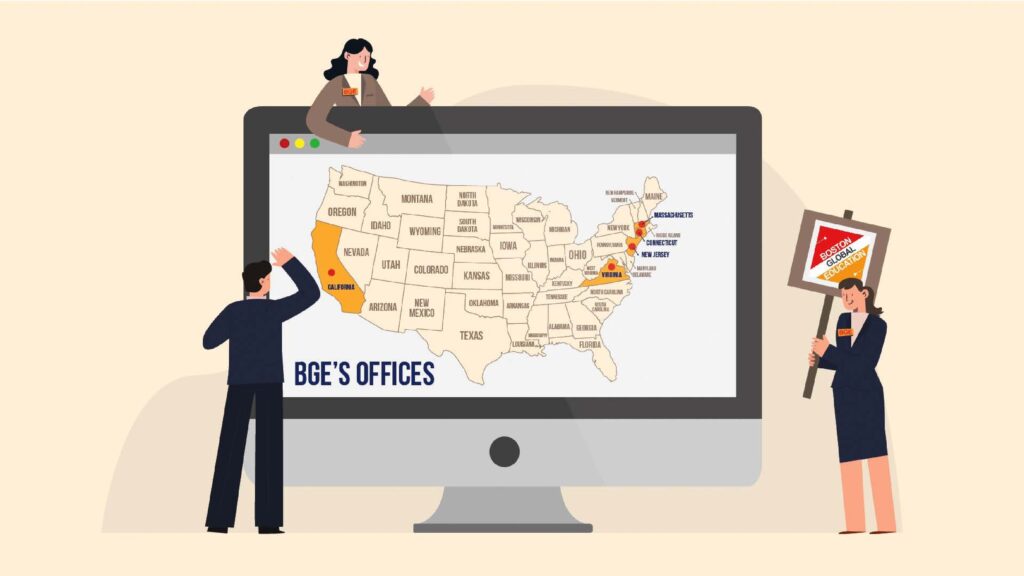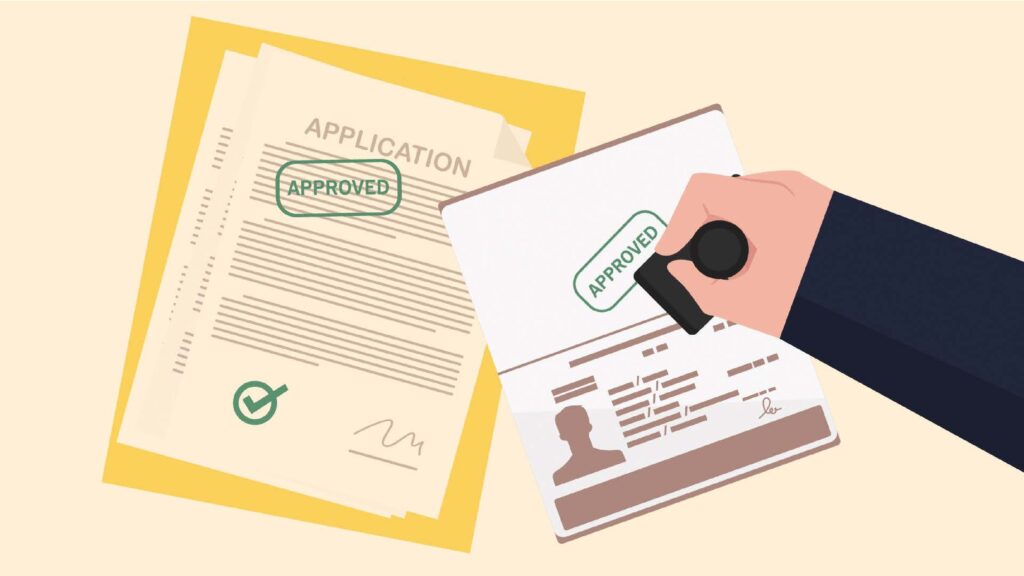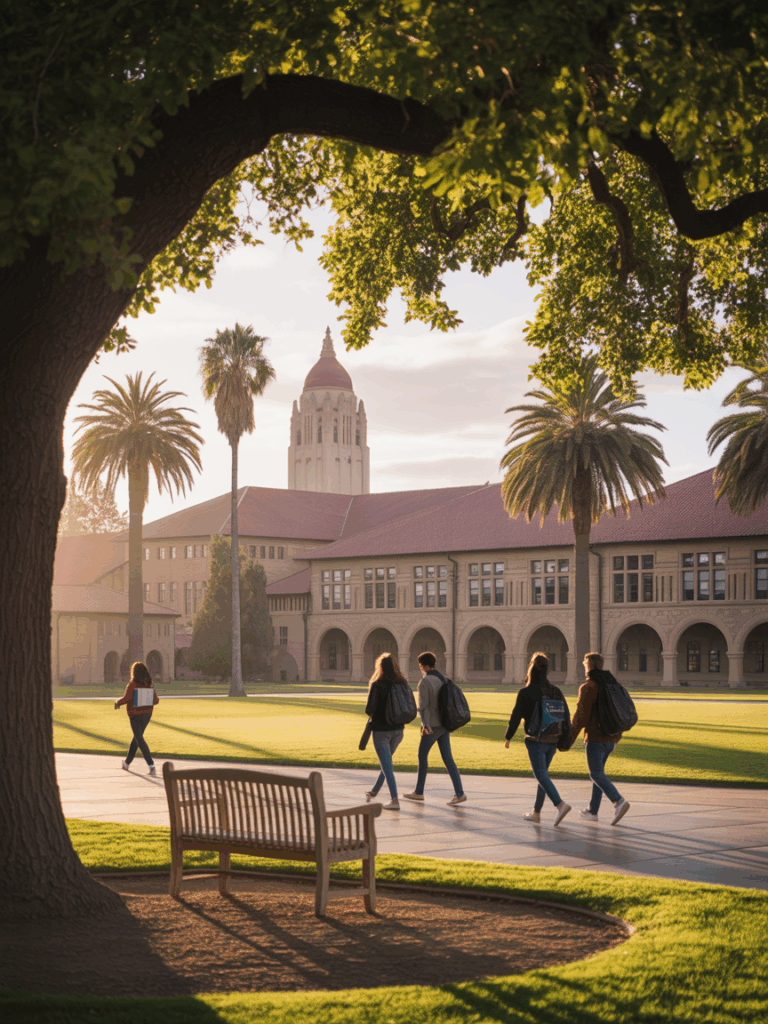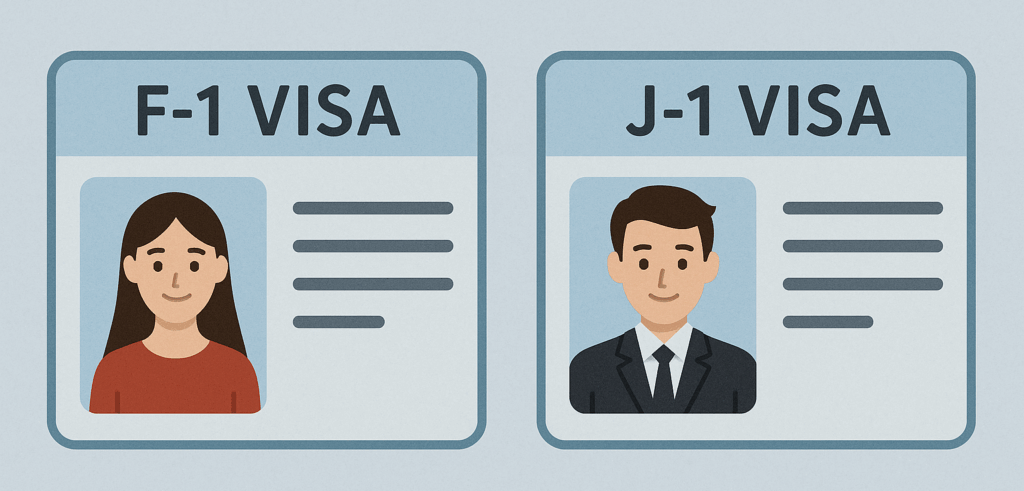What to Do for Early Study Abroad in the United States
Introduction

Thinking about sending your child to study in the U.S. before college? You’re not alone. The impact can be life-changing.
As a professional with over 25 years of experience helping international families navigate early study abroad in the U.S., I’ve witnessed firsthand the transformative impact it can have on a child’s education and personal development. Early study abroad, typically referring to students attending elementary, middle, or high school in the U.S., has become a strategic choice for globally minded families.
This guide provides a comprehensive look into early study abroad in the U.S., answering key questions parents have from the best age to begin, the costs and logistics, to the long-term outcomes. Whether you’re just beginning to explore this option or preparing your child for departure, this article is designed to equip you with the insights you need to make an informed decision.
This is a Pillar Content
- The 8 Things to Prepare Before Studying Abroad
- The Top Private Middle and High School in the U.S.
- The Ideal Time to Start Your Child’s Study Abroad Journey
- The Total Cost of Study Abroad
- How to Apply for a Student Visa as a Minor
- Homestay vs. Boarding School – What is the Right Fit for You?
- Do You Need a Guardian for Early Study Abroad?
- Pros and Cons of Early Study Abroad in U.S.
- Can International Students Attend U.S. Public Schools?
Table of Contents
Study Abroad
What Is Early Study Abroad?
Early study abroad refers to international students who begin attending school in the U.S. before college, typically from grades 4 through 12. This is not a short-term program or summer camp; it involves full-time enrollment, long-term planning, legal guardianship, and cultural immersion.
Most students pursue this route under an F-1 student visa, live with host families or in dormitories, and are supported by counselors, teachers, and educational coordinators.
When to Start: The Best Grade for Early Study Abroad
There is no one-size-fits-all answer. It depends on the child’s maturity, family goals, and academic readiness. Here’s a breakdown by stage:
Elementary School (Grades 4–5)
Pros: Easier English acquisition, long adaptation period
Cons: Requires strong emotional maturity and support
Ideal for: Relocating families or those with strong homestay networks
Middle School (Grades 6–8)
Pros: Smooth academic transition, time to build skills
Cons: Limited boarding options, legal guardianship required
Ideal for: Students aiming for elite U.S. high schools or college prep
High School (Grades 9–10)
Pros: Transcript building, access to AP/IB curricula
Cons: Less time for English or cultural adjustment
Ideal for: Academically strong students with Ivy League aspirations
Tip from Experience: The most strategic entry point for elite college preparation is typically Grade 8 or 9.
Step-by-Step Process: How to Prepare for Early Study Abroad in the U.S.
Planning early study abroad takes 6–12 months and involves several stages:
- Initial Family Planning and Goal Setting
- Define goals: college entry, language fluency, cultural exposure
- Assess academic and emotional readiness
- Academic Research and Testing
- Identify target schools
- Prepare standardized tests: SSAT, TOEFL Junior, Duolingo
- Application Preparation
- Submit school applications
- Include statements, transcripts, recommendations, and interviews
- Counseling and Guidance
- Work with a study abroad counselor
- Attend mock interviews and coaching sessions
- Admission and Visa Process
- Prepare Form I-20 for F-1 visa
- Complete DS-160, pay SEVIS fee, attend interview
- Pre-Departure Orientation
- Cultural training, health insurance, packing, virtual meetings
- Arrival and Adjustment
- School orientation, English support, emotional counseling
Cost Breakdown: How Much Does Early Study Abroad Cost?
| Category | Day School (Homestay) | Boarding School |
|---|---|---|
| Tuition | $15,000 – $45,000 | $50,000 – $75,000 |
| Homestay / Dormitory | $15,000 – $20,000 | Included in tuition |
| Insurance & Health Services | $1,000 – $2,000 | $2,000 – $3,000 |
| Visa, Flights, Misc. | $3,000 – $5,000 | $3,000 – $5,000 |
| Stay During Break time | No | $3,000-$10,000 |
| Guardian Services | $10,000 – $15,000 | No |
| Total Annual Cost | $45,000 – $85,000 | $65,000 – $90,000 |
Homestay vs. Boarding School
Homestay (Day School)
Pros:
- Greater cultural immersion
- Supportive environment
- More affordable
Cons:
- Less structure
- Quality of hosts may vary
Boarding School
Pros:
- Strong academics
- Structured routine
- Full support system
Cons:
- Higher cost
- Requires independence
Recommendation: Homestays suit grades 6–9. Boarding schools are ideal for grades 9–12 for full academic and college prep support.
Requirements: Visa and Guardianship

F-1 Visa for Minors
- Requires Form I-20
- Pay SEVIS fee
- Submit DS-160
- Attend visa interview
- Show financial and school proof
Guardianship Requirements
- Use CSIET-certified agencies for reliable host placement
- Guardians can be host families or professional guardians
Some schools may ask for additional paperwork such as medical authorizations or emergency consent.
The Pros and Cons of Early Study Abroad
Pros
- Stronger college applications
- Cultural agility and confidence
- Native-level English fluency
- Global network and worldview
Cons
- High financial cost
- Emotional stress and homesickness
- Cultural and academic adjustment challenges
- Risk of poor supervision
With a Certified Agent, These Risks Are Minimized
The Role of Parents and Guardians
Parents and guardians must:
- Track academic and emotional progress
- Communicate with schools and host families
- Provide cultural and moral support
- Be a consistent presence during transition
Certified agents also act as mentors, supervisors, and advocates.
Can International Students Attend U.S. Public Schools?
F-1 Visa Rules
- Only grades 9–12
- One-year maximum
- Must pay full tuition
- No local guardian required
J-1 Visa Exchange
- Typically one academic year
- Sponsored by designated organizations
- Rare for students under 16
Summary: U.S. public schools are a short-term, limited option for F-1 or J-1 visa holders.
Real Results: From Early Study Abroad to Ivy League

Students who began in grades 5 or 6 and had the right support have gone on to:
- Harvard
- MIT
- Stanford
- Johns Hopkins
What set them apart:
- Family and school support
- Long-term planning
- Passion and independence
They weren’t just chasing prestige. They were discovering purpose.
What Truly Makes a Student Successful?
Motivation
The strongest predictor of success is a student’s drive and resilience.
Traits of thriving students:
- Eagerness to learn
- Comfort with discomfort
- Perseverance
- Vision for their future
Redefining Success
Success isn’t just Ivy League admission—it’s building identity, independence, and lifelong growth habits.
A Message for Parents
Focus less on grades and more on these questions:
- Does my child want this for themselves?
- Are they open to new experiences?
- Do they persist through difficulty?
- Are they ready to grow through discomfort?
If yes, your child has the mindset to succeed.
Final Thoughts
Early study abroad is a powerful investment—not only in education but in character and future readiness.
With proper planning, motivation, and support, your child can thrive in the U.S. and beyond.



